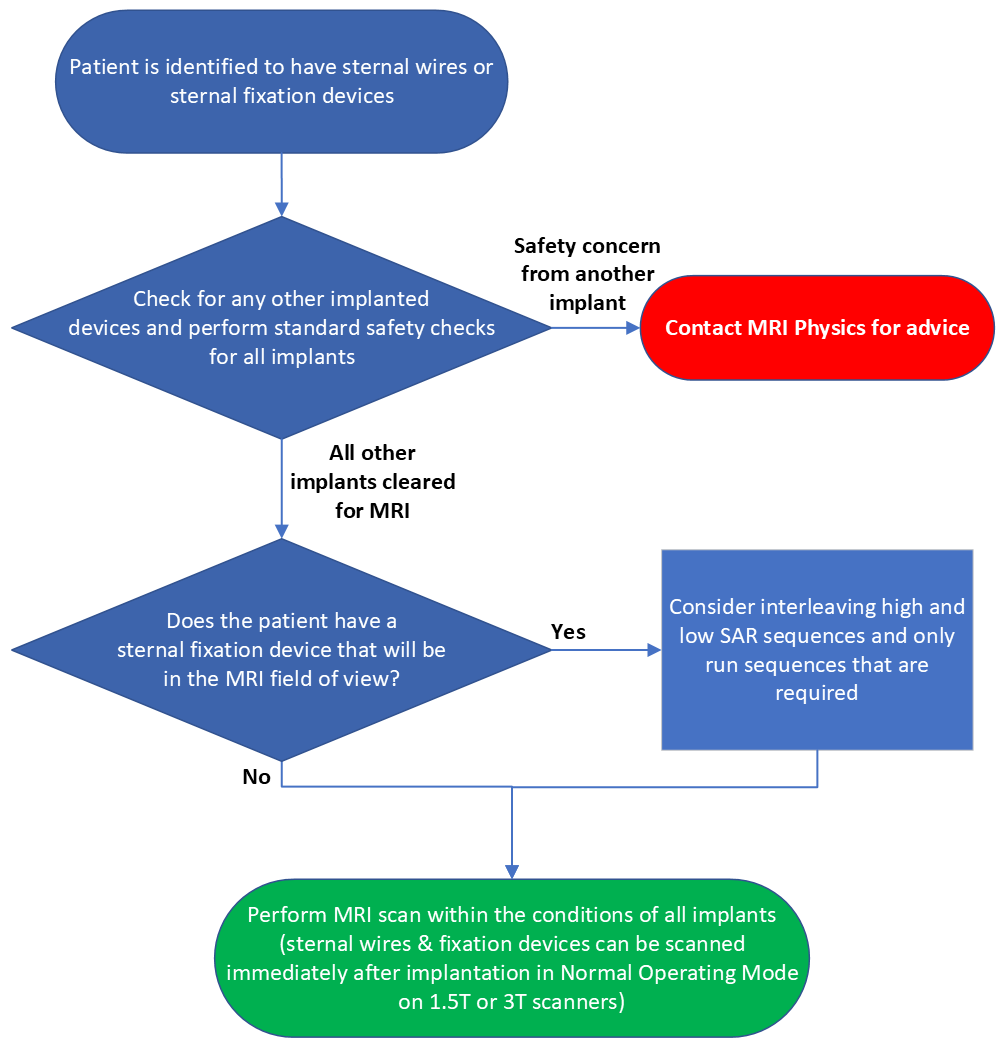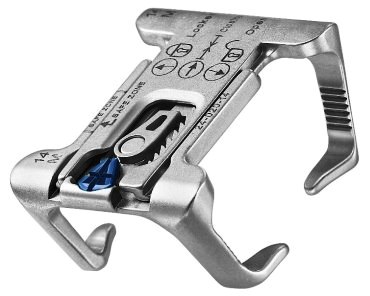Information for patients
If you are a patient reading this and have a concern about an MRI scan you are scheduled to attend, we strongly recommend you contact the site where your scan is due to take place, you may also wish to refer to our ‘Information for Patients’ section. Please note local variations to the policies detailed on this website may apply, therefore please contact the hospital where your appointment is scheduled for clarification.Disclaimer (MUST READ)
The MRI safety information contained within this webpage is intended for use by staff from NHS Greater Glasgow and Clyde (GGC) and associated health boards, namely: NHS Ayrshire and Arran, NHS Borders, NHS Dumfries & Galloway, NHS Forth Valley, NHS Golden Jubilee, and NHS Lanarkshire. Only staff from these health boards are approved to use this information and local variations to the policies detailed may apply. Non-approved users i.e. patients and staff from health boards other than those listed above, or staff from private medical organisations use this information at their own risk. We, NHS GGC, accept no responsibility for patient injury or adverse outcomes that may occur as a consequence of the information contained herein. If you have any questions regarding this disclaimer, please contact the NHS GGC MRI physics team on: ggc.MRSafetyExpert@nhs.scot.NHS GGC MRI safety policy for scanning patients with sternal wires or sternal fixation devices
Brief summary of known devices
A short video introduction to this policy can be found here
Sternal wires or sternal fixation devices.

Device use
Sternal (sternum) wires are used to close the breastbone after open heart or thoracic surgery. They are typically multiple wires made from stainless steel or titanium but some newer devices include clamps or talons.
Must read: What this policy does not cover / notable exceptions
This GISP relates only to passive sternal wires and sternal fixation devices and thus active wires (e.g. pacing wires) are excluded from this GISP.
The sternal wires come with a needle that is removed after the sternal wire is applied. This policy does not cover the unlikely event that the needle has been retained.
Pectus excavatum devices such as the pectus (Nuss) bars are not covered in this GISP (more information on these is contained in the ‘Additional background information and discussion’ section).
The policy does not cover any other implants inserted at the same time as the sternal fixation implant.
Must read: What the policy covers
This policy covers 1.5 and 3T MRI scanning of patients with sternal wires or sternal fixation devices.
Must read: The MR safety policy
Patients with sternal wires or fixation devices are likely to also have cardiac implants. Check for other implanted devices and follow any conditions relating to those.
Sternal wires or sternal fixation devices can be scanned immediately after implantation in Normal Operating Mode on 1.5T or 3T scanners. Where possible, please ask the patient to press the buzzer if they feel any heating or unusual sensations.
In accordance with best practice, the scanner should be kept in Normal Operating Mode where possible. This is particularly important if the implant is a sternal fixation device such as the sternal talon and is within the field of view. When scanning a sternal talon, only run sequences that are required and interleave low SAR sequences with any high SAR sequences that are required.
Risk assessment: A risk assessment underpinning this policy can be found here:
Risk Assessment: scanning patients in MRI with sternal wires or fixation devices
Detailed review: A detailed review underpinning this policy can be found here:
Detailed review for sternal wires and fixation devices GISP
Additional background information and discussion
For those who are not familiar with the KLS Martin Sternal Talon, an image has been included below.

Whilst devices to treat pectus excavatum are not covered in this GISP, further information on these devices has been copied below from MRI safety: sternal wires – Questions and Answers in MRI (mriquestions.com), accessed 29/03/23 and Biotech Medical (Nov 2024)).
Patients with anterior thoracic wall deformities can be treated by implanting a metallic bar across the chest (image below), anchored to the ribcage and typically passing under the sternum. This procedure, known as the Nuss procedure, is named after its inventor, Dr. Donald Nuss, who developed it to correct pectus excavatum. We have identified at least two companies that manufacture these bars: Zimmer Biomet and Biotech Medical. Their bars are made of titanium or stainless steel and are MR Conditional up to 3T.

Acknowledgement
This policy was created by members of the MRI subgroup of the Medical Physics and Clinical Engineering (MPCE) network for NHS Scotland in collaboration with the Scottish MR radiographer leads group.